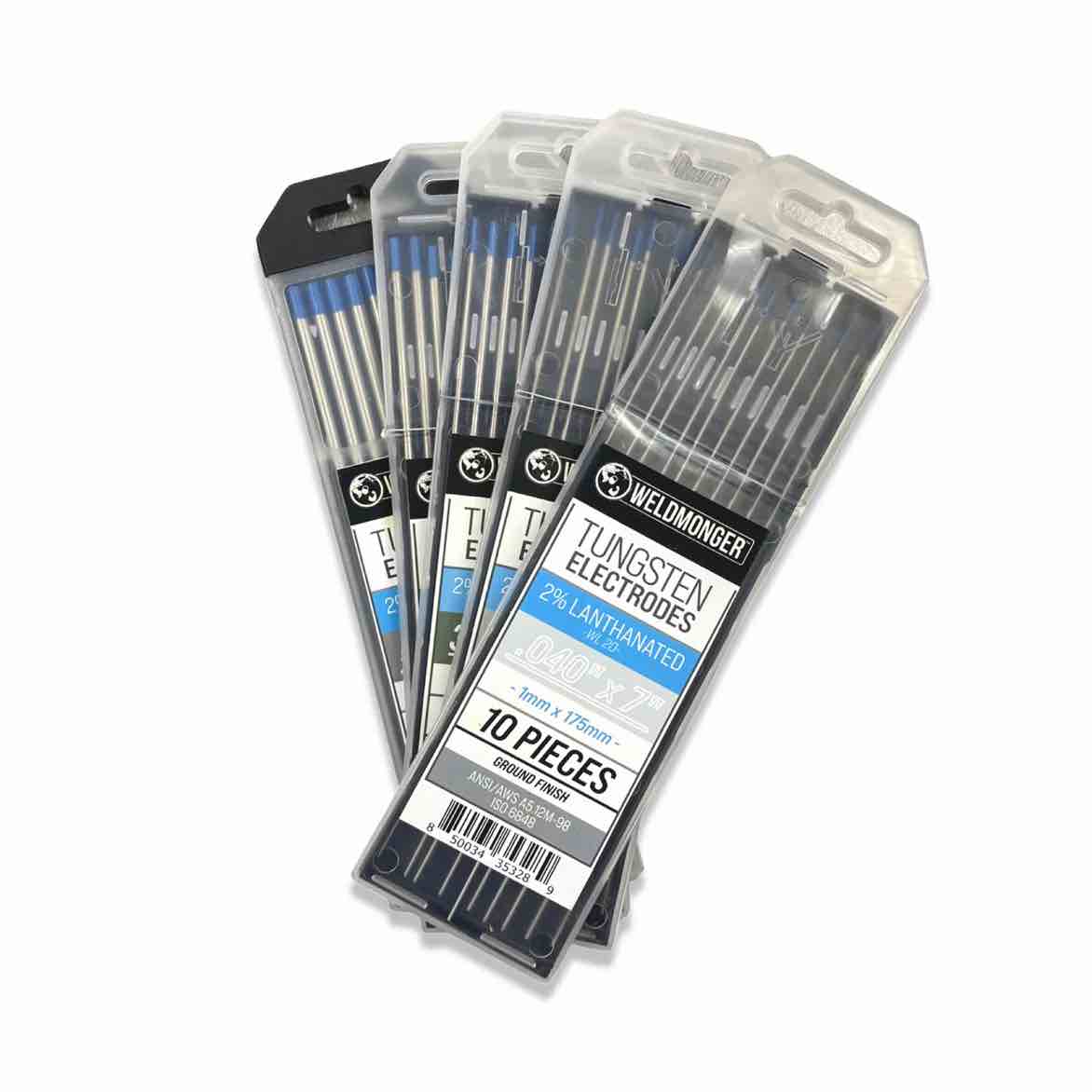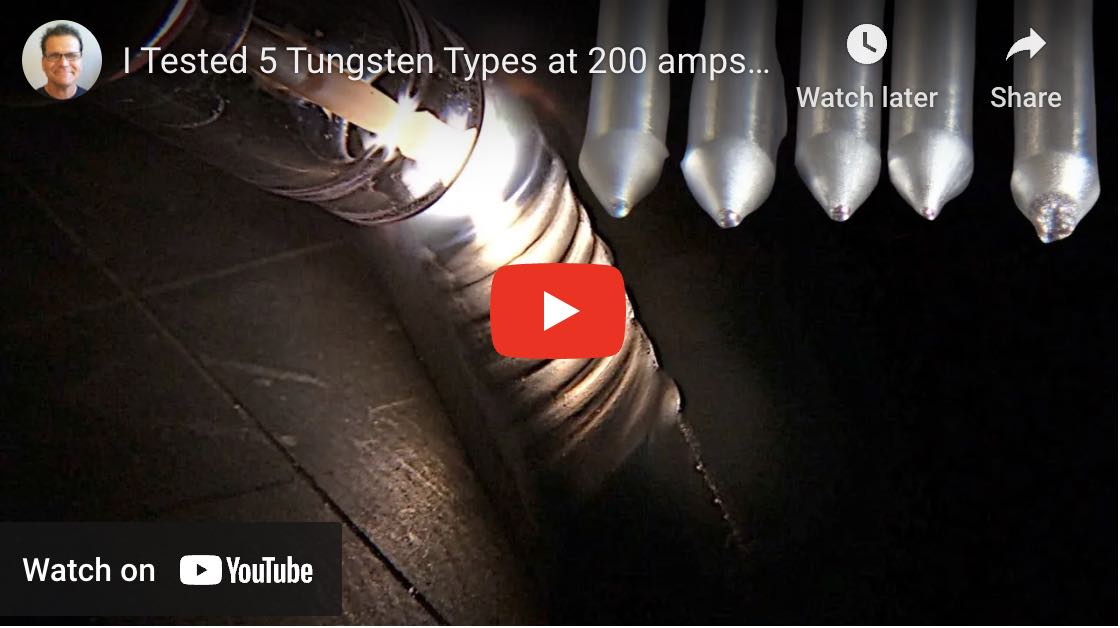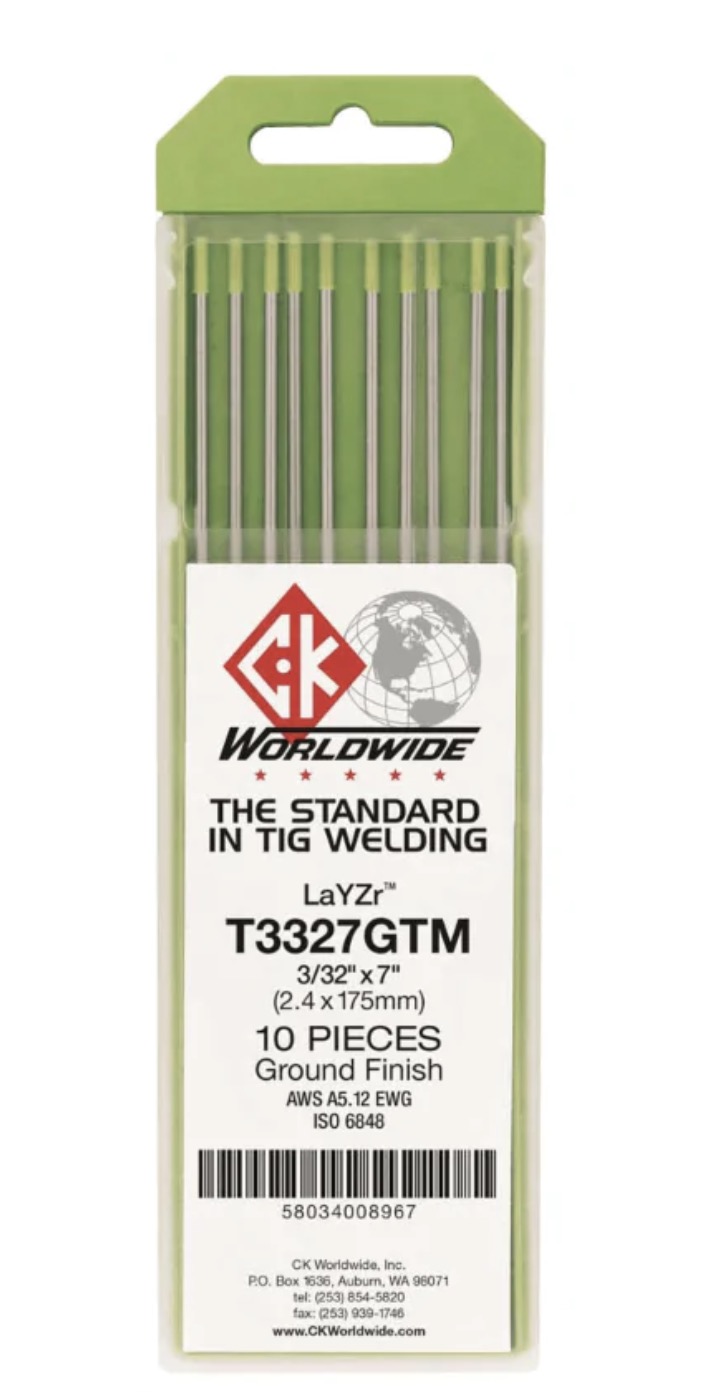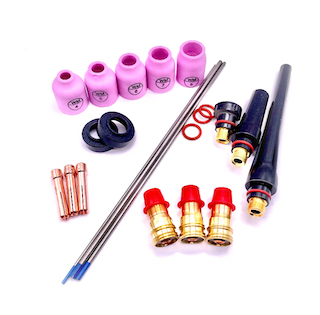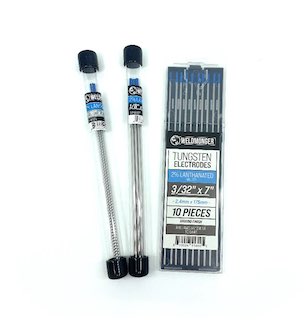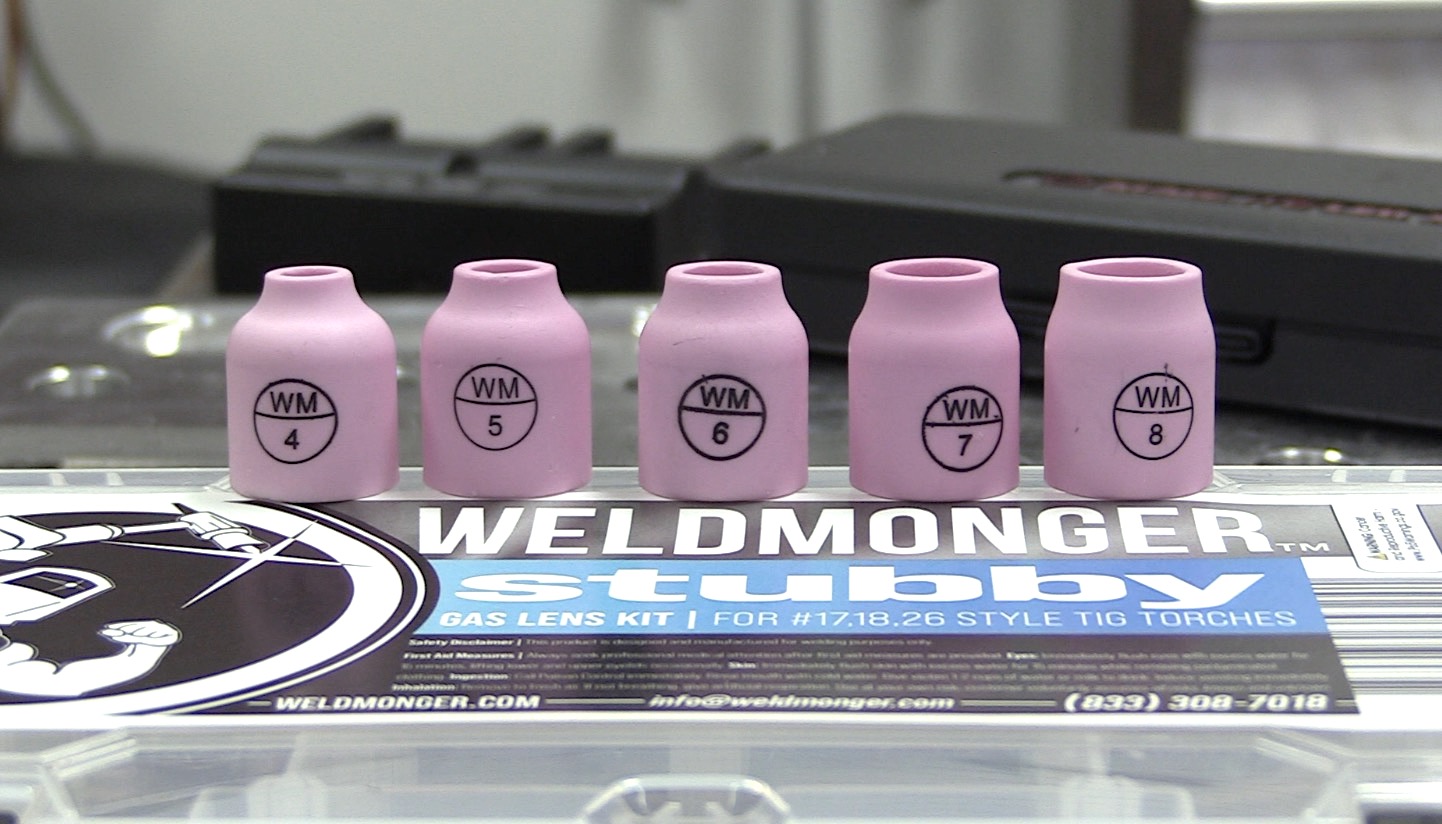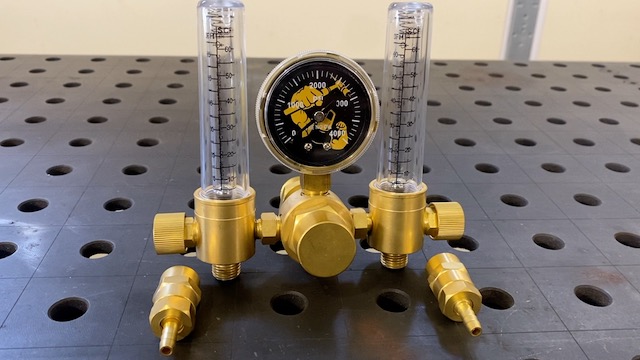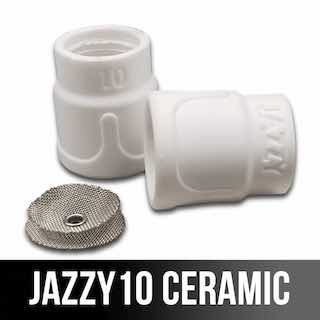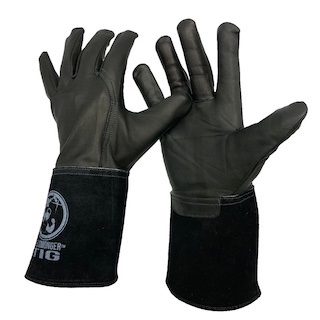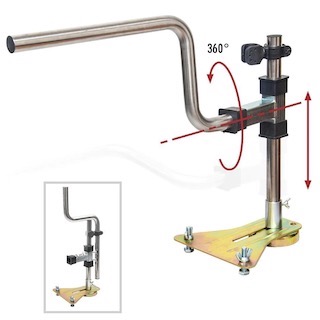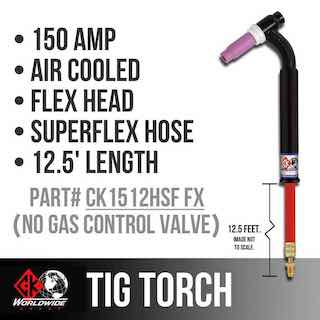2 Thoriated tungsten
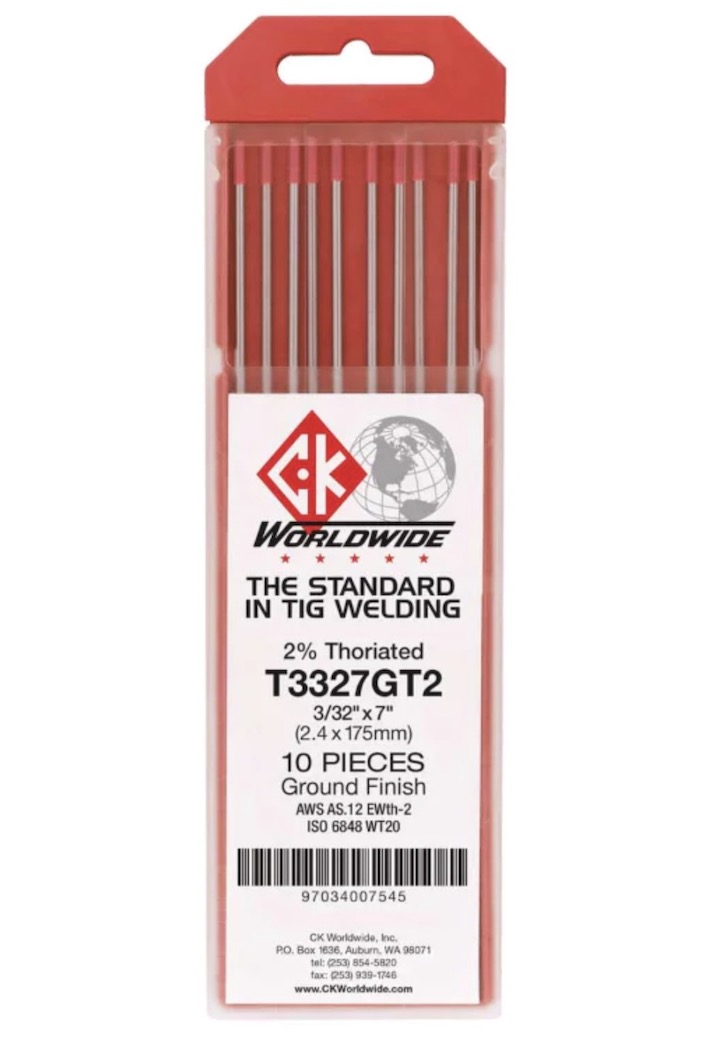
IS 2 thoriated tungsten still the best?
- There is no single tungsten type that is best for every single application. only a tungsten type that is the best for a certain application.
- But there are some good all around tungsten types that work for most everything.
Lets start the conversation with 2% thoriated tungsten. Its probably still the best performing tungsten for DCEN on steels, nickel alloys, and titanium. It stays sharp a long time and arc starts are good even at low amp starts.
But what about aluminum? Can you TIG weld aluminum with 2% thoriated tungsten?
Yes you sure can.
Is it the best choice for aluminum? Most of the really good TIG welders I know would say NO.
But if you prep the tip a certain way before welding, 2 thoriated tungsten works way better than just letting it round however it wants to because if you just let it round by itself, the tip will get all misshaped with gnarly nodules.
2% thoriated has gotten a lot of bad press about the thorium being radioactive.(some of the reports may have been exaggerated ).
Even so, manufactures seized that opportunity and created some really good non radioactive alternatives to 2% thoriated tungsten.
So what is the best alternative to 2% thoriated tungsten for tig welding on DC ?
Some folks who weld mostly on DC but occasionally need to weld aluminum like 2% ceriated tungsten. I know several welders who build custom motorcycles who like 2% ceriated tungsten because it stays sharp a long time on DC. These welders only occasionally weld aluminum so they are mostly interested in their tungsten staying sharp on DC and not too concerned with it being perfect on aluminum. 2% ceriated performs a lot like 2% thoriated but does not handle high amperage as well as 2 thoriated.
Another popular choice for an all purpose tungsten is CK worldwide LaYZr. My friend Brad Goodman aka @deepsouthdimestacker loves CK LayZr tungsten. He does a lot of aluminum in the .090” to .125” thickness range and LaYZr holds a nice consistent taper on AC at medium amperages.
Brad also welds quite a bit of stainless and 4130 chromoly and he does not switch tungsten when he needs to tig weld on DC.
LaYZr from CK worldwide also works really well on DC.
E3 is another good choice and seems to perform just like LaYZr ( I personally can’t tell the difference in LaYZr and E3).
My personal go to all purpose tungsten is 2% lanthanated.
I think its a great all around tungsten.
I like the fact that a 3/32” tungsten can handle more amperage than most other types of tungsten on AC. I have been using 2% lanthanated for over 10 years and it makes things simpler for me only keeping up with one color. It's not perfect for every application, but it gets the job done just fine.
If you have a 200 amp tig welder a 3/32” 2% lanthanated tungsten will handle anything the welder can do from razor blades to aluminum at 200 amps.
What about tungsten diameter?
Some say you should use the smallest size possible.
Others say they use 1/8” diameter for everything.
It really boils down to what you are doing.
If you own a job shop where you are jumping back and forth between thick aluminum and sheet metal jobs and dont like switching tungsten, it might make sense to just keep a 1/8 tungsten in the torch.
But if you are doing tedious crack repair on thin .040" thick aluminum aircraft parts, you are going to get better arc starts and a more stable arc using a 1/16" tungsten.
I spent the first 13 years of my welding career welding pipe with 2% thoriated tungsten
I switched careers from pipe welder to aerospace repair welding and My first day on the job at delta airlines tech ops, I noticed how much smaller everything was.
Tig torches, filler wire diameter, and tungsten were all much smaller than I was used to seeing. Every tig torch was a water cooled #20 torch and every tig torch had a #7 gas lens with 1/16” 2% thoriated tungsten.
That was the main go to setup.
That kind of jumped out at me because I had just come from a fab shop where 1/8” 2% thoriated was all they used for everything.
There were 2 booths dedicated to magnesium and aluminum but other than that, 1/16” 2% thoriated tungsten was the main tungsten used. The shop I worked in didn’t even have a dedicated tungsten grinder and we all sharpened tungsten with either a belt sander or sanding disc on a small 90 grinder with a sanding disc Most of the parts welded in that shop were either a stainless or nickel alloy and 10-70 amps would handle most of it so using 1/16” made sense and it was very easy to resharpen.
In fact I remember one part that had would have at least 50 cracks to be welded. Material was Hastelloy X and it was around .030” thickness. We had to grind out cracks, put the part on a resizing fixture, and then weld the cracks. A ground out crack on .030” thickness hastelloy only needs 20-30 amps so 1/16” tungsten makes sense for that.
There was one brake assembly part we welded in that shop that we used 3/32” 2% thoriated on because it was around .200” thick and needed more amperage than a 1/16” could handle.
We probably could have used 3/32” sharpened to a sharp taper for most of the parts but why?
What would be the point of doing that when 70 amps was the most we needed for most parts? In fact a lot of parts were welded at 40 amps or less.
Tungsten Sharpeners
Tungsten grinders are great and make a lot of sense for some folks. One example that comes to mind is a friend of mine who routinely does work inside factories with very strict policies for grinding. The fact that a tungsten grinder does not make sparks and also catches tungsten dust makes his life easier when going on the inside of factories to do tig work.
Of course he could also just make sure to have a large supply of pre sharpened tungsten on hand where he could leave the tungsten sharpener at home.
I have another friend who does a lot of high end aluminum welding and he is very particular about how he preps his tungsten for tig welding aluminum ..so he uses this CK turbo sharp so that his tungsten tip is exactly the same taper every time.
All in all , a dedicated tungsten grinder is a great way to sharpen tungsten and is very convenient.
But is it necessary? Most experienced TIG welders I know would say its a luxury.
If you had to pick only one size and type of tungsten…
3/32” 2% lanthanated has higher current range than others and will pretty much handle anything a 200 amp welder can. So that is one idea for a single size and choice.
If you routinely weld aluminum at 200 amps and above, a 1/8” E3 or LaYZr is not a bad choice for a single size/type tungsten for both steels and aluminum.


